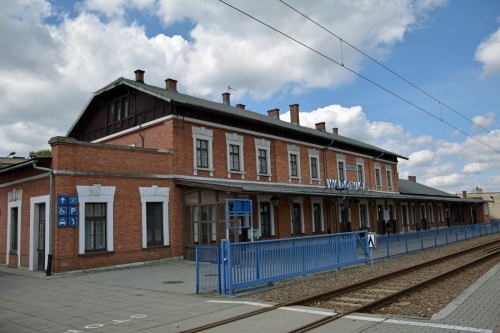The inclusion of Wadowice to the railway network of Galicia, and indirectly to Austro-Hungary, opened the way for the town’s inhabitants to travel to Cracow, Lviv and even Vienna. This decision meant that the army would stay in the town, which had an economic significance and contributed to the economic development of the region. In the early 1870s, the authorities of Wadowice initiated efforts aimed at routing the railway line from Bielsko through Wadowice to Kalwaria, and on to Cracow. The first train arrived at the Wadowice railway station in 1887. The railway station was intended to be located on the periphery of the town, which was a common trend in provincial towns; another important factor guiding the choice of location was the proximity of the railway station facilities to the military barracks and the whole infrastructure belonging to the Imperial and Royal Army. At the end of 1887 the construction of the railway station infrastructure commenced. The station that was then built has remained until this day a prime example of the Galician railway architecture of the 19th century. The building had areas for passengers, a telegraph (later on also a telephone exchange) and even flats for railway personnel. In 1888, a water tower was constructed within the station premises, as well as two cranes that were used to fill steam locomotives with water. In the early 20th century, a zone concentrating some bigger industries began to form around the railway station. The industrial district stretched along Młyńska (currently Legionów) Street. Before the First World War, the former military facilities were converted into, among other things, the municipal power plant (1906), the first Galician workshop producing Christmas wafers (1909) and a branch of the factory belonging to the H. Cegielski Stock Company in Poznań (1913).

